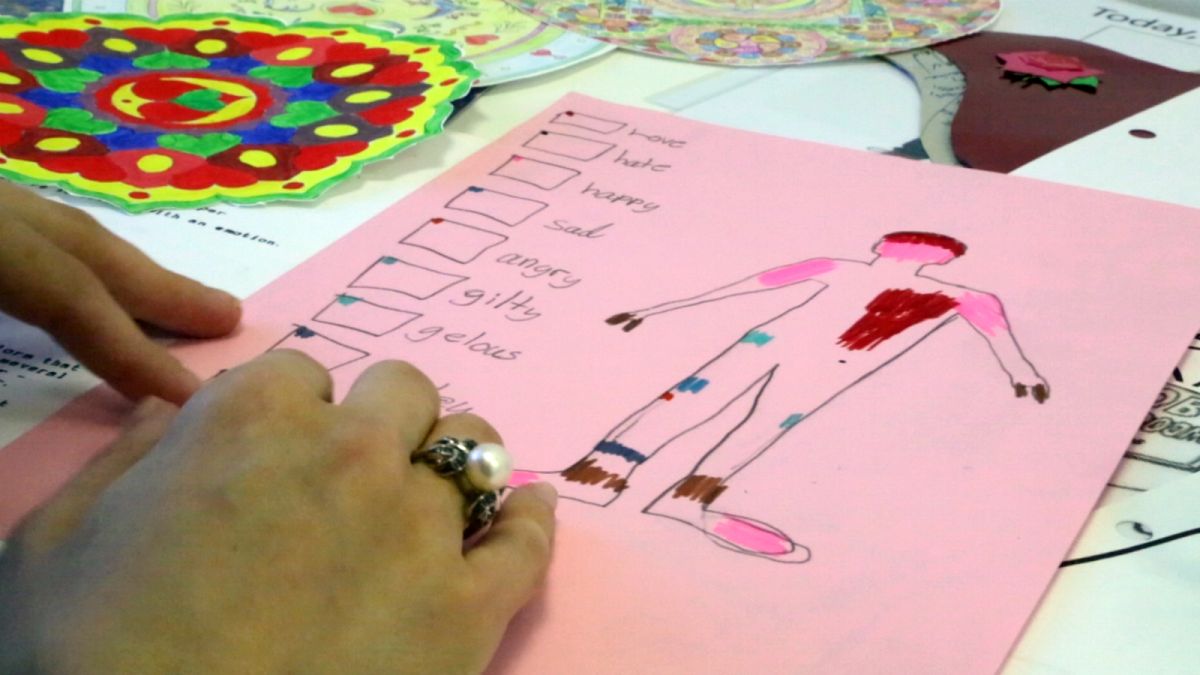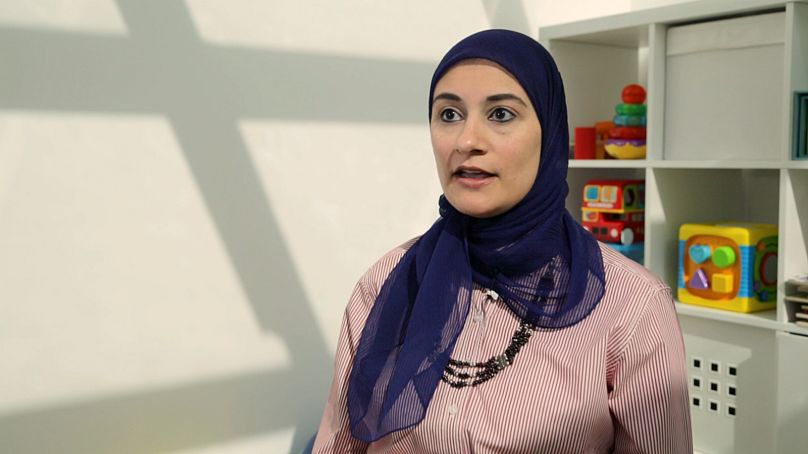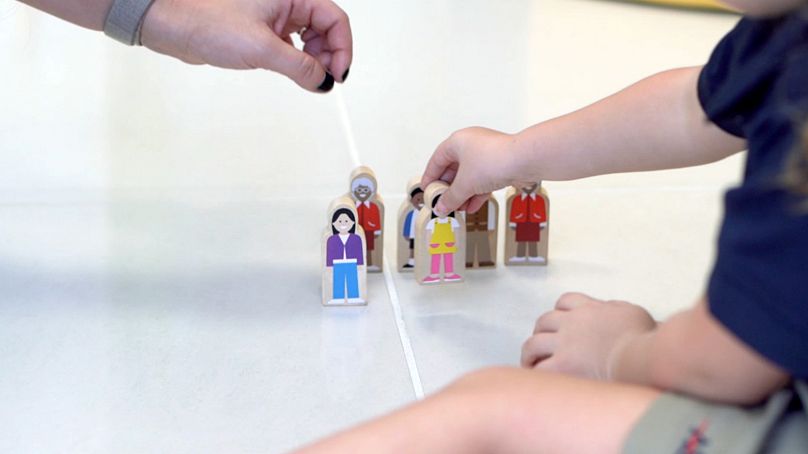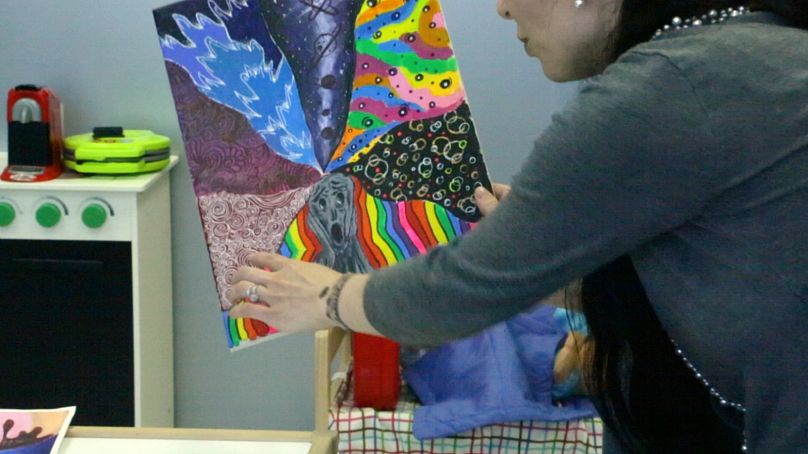In 2014, whilst delivering her third child in Egypt, Amal Tolba suffered complications due to medical malpractice.
In 2014, whilst delivering her third child in Egypt, Amal Tolba suffered complications due to medical malpractice.
Her spinal cord was punctured during what should have been a standard epidural, and that left her daughter Darah, with brain and organ damage.
Doctors gave the infant the poorest of outlooks.
“She was not able to eat orally, she had suspected blindness and deafness,” says Tolba. “I was given a very short life span, three months maximum [for her], as well as a very poor prognosis.”
Refusing to believe there was no hope for her daughter, Tolba rejected conventional medicine and travelled the world for years seeking alternative ways to help Darah.
She found one in a pioneering German doctor, who used a holistic approach including child psychology and sensory integration, to help the baby.
Ten days after starting treatment, says Tolba, her daughter ate solid foods for the first time.
Amal, which means ‘hope’ in Arabic, moved to the UAE in 2017 and set up the Hope Abilitation Medical Centre, an alternative therapy clinic.
The centre implements techniques not widely adopted in the Middle East and North Africa region, says Tolba, for mothers like herself who are unfulfilled by traditional medicine.
Mindful arts
Other types of alternative techniques used to treat certain pediatric conditions can include music, light, dance, play, and art therapies.
Psychologist Dr. Ola Pykhtina of the Thrive Wellbeing Centre in Dubai, explains that art therapy encourages individuals to create colourful images that represent their emotions.
In youngsters, these may include stress, grief and anxiety, feelings which they might not yet have the words to articulate, she says.
After putting their emotions down on paper, the results are then discussed with a trained counsellor.
Visualising feelings
Dr. Ola Pykhtina’s methods have the potential to help teens transitioning to adulthood, as in the case of fifteen-year-old Zainab Asim from Pakistan.
“I came here because I was struggling with body image and how I looked at myself, and how that hindered my emotions,” says the Dubai Uptown International School student.
Asim expresses herself in sketches and paintings, in which she visualizes the emotions triggering her mental distress.
“When things manifest in my head, they become very confusing, overwhelming,” she says. “So, when I put it down on paper, it changes my perception of them. It opens new doors in my head and it allowed for change.”
Using the art of mindfulness, Asim says that she’s more engaged with her surroundings and her peers, notable changes being how she now sits at the front of her class and interacts more with her schoolmates.



